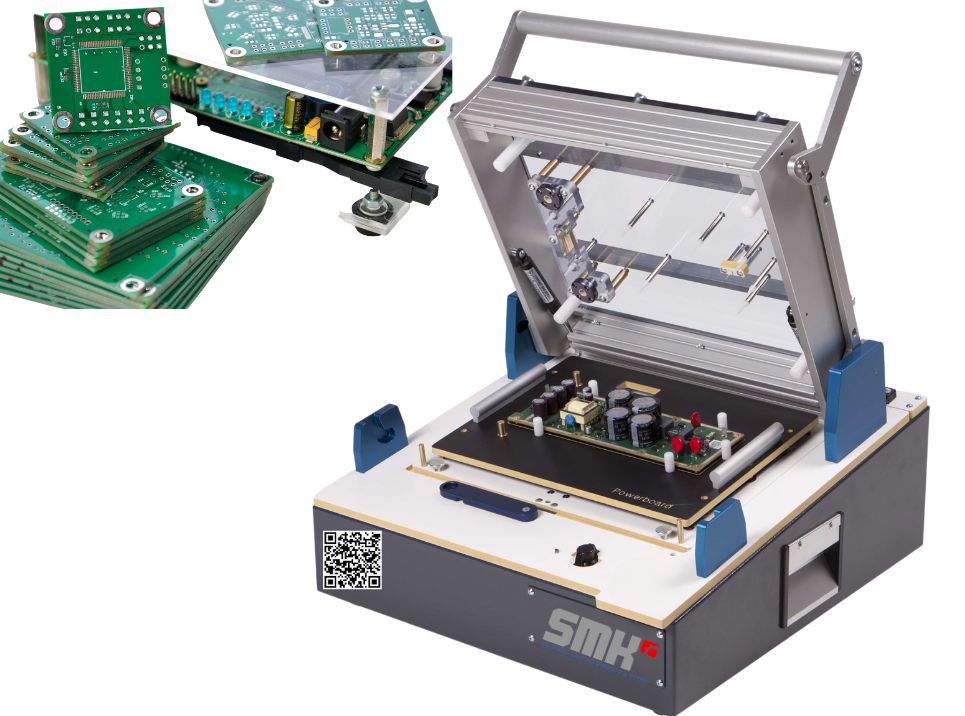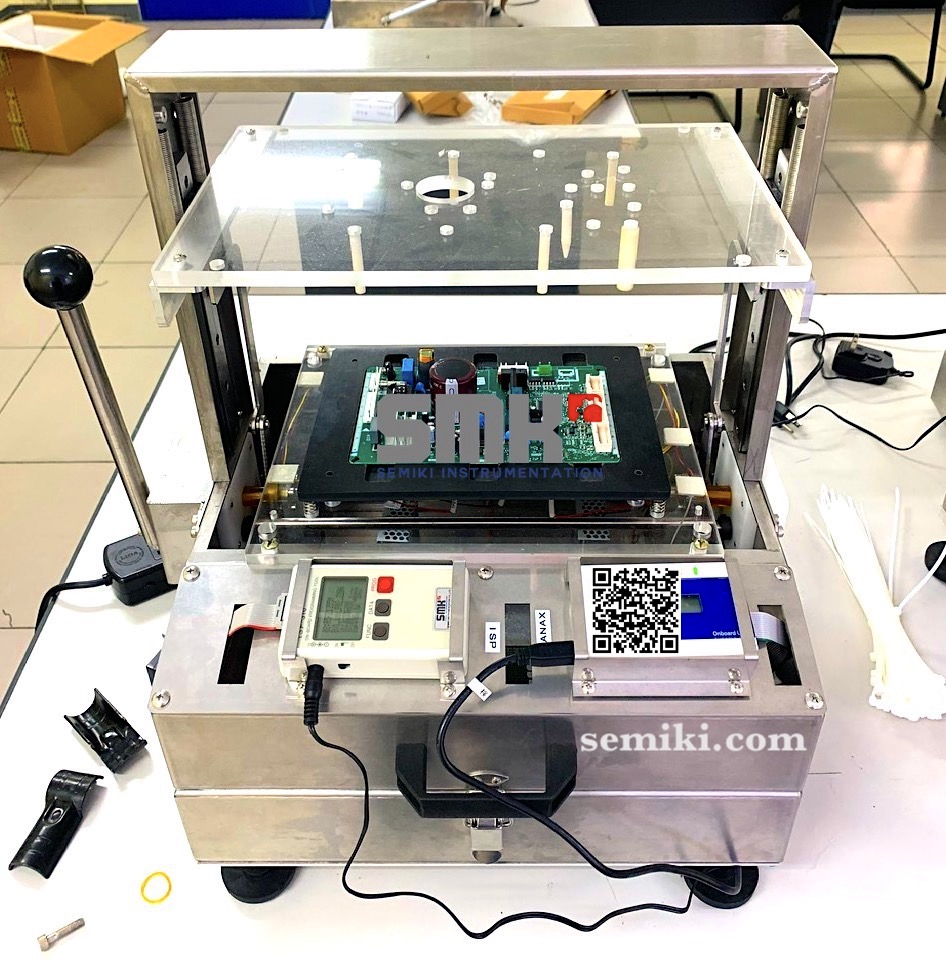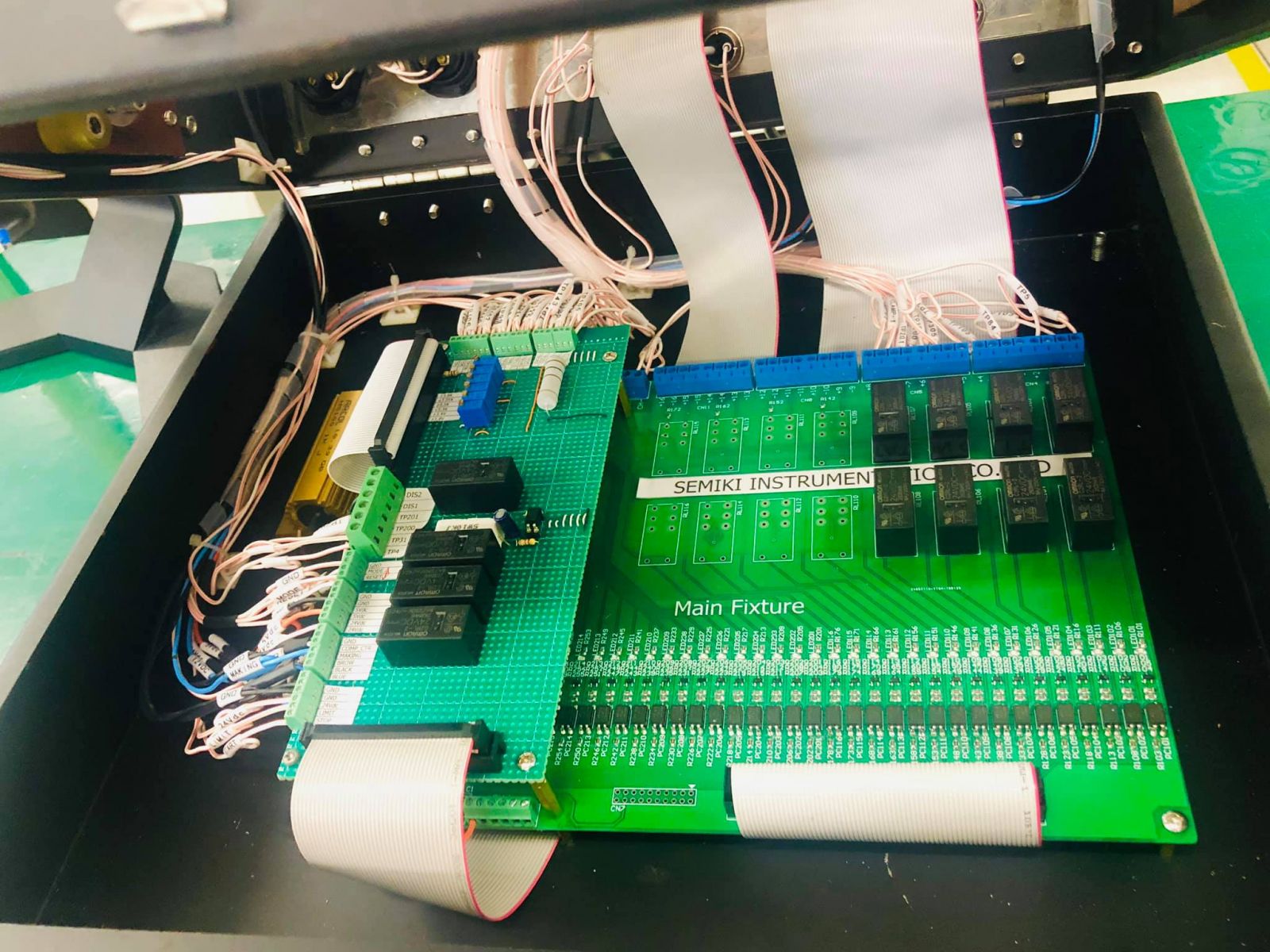Force and mechanical measuring equipment
SEMIKI On-Board Flash Programming Machine .Flash programming stations allow you to offload flash programming from functional test systems, increasing test throughput while improving capital utilization. Circuit Check flash programmer fixtures support multiple programmer types and multiple I/O configurations.
The SEMIKI On-Board Flash Programming Machine with fixture In product is a turn-key compact high performance automated programming system in a small footprint. The Programmer is ideal for low-mid volume and low-high mix production environments.

SEMIKI On-Board Flash Programming Machine
Flash programming stations allow you to offload flash programming from functional test systems, increasing test throughput while improving capital utilization. Circuit Check flash programmer fixtures support multiple programmer types and multiple I/O configurations.
The SEMIKI On-Board Flash Programming Machine with fixture In product is a turn-key compact high performance automated programming system in a small footprint. The Programmer is ideal for low-mid volume and low-high mix production environments.
What is IC Programming?
Programmable ICs do not function out-of-box but need to be programmed with firmware or configuration data to define their behavior and functionality. For example, a microcontroller IC from the factory is a blank slate. The user needs to load a compiled machine code program using a programmer tool to make it execute the desired tasks.
Key types of programmable ICs:
Microcontrollers – Used in most electronic devices and appliances. Programmed with embedded firmware code.
FPGAs – Field Programmable Gate Array. Configured with hardware behavior design files.
CPLDs – Complex Programmable Logic Devices. Programmed with logic equations.
Flash Memories – Store firmware code. Can be reprogrammed.
EEPROMs – Non-volatile memory programmed with data.
Without proper IC programming, such devices are non-functional. So programming is an essential step before deploying programmable ICs into products.

TV Main board
Why is IC Programming Needed?
Below are some key reasons why programming is an essential step in the IC and PCB assembly process:
Boot up – ICs need an initial program loaded in order to boot up and begin functioning.
Define functionality – The program code determines the IC behavior. For example, a microcontroller can be made to run a motor control algorithm or a wireless protocol stack based on the programmed firmware.
Configure settings – Programming is used to set parameters like IDs, baud rates, addresses, encryption keys etc.
Adaptability – Programs can be updated in the field to add new features or modify functionality.
IP protection – Keeping the program code separate from chip fabrication protects the intellectual property of designers.
Inventory – One generic IC can be programmed in many ways for different customer orders from stock.
End-of-line production – ICs are programmed as the last step before shipping finished boards.
Without programming, ICs are non-functional blanks. Programming brings the chips to life with the intended behaviors and capabilities.

FORCOM KYOEI Co.,Ltd. offers an on-board Flash programmer called ISP-310, which supports various Flash microcontrollers such as the Toshiba TX03 Arm Core-based microcontroller series.
SEMIKI Onboard Programming Advantages
One of the most significant advantages of onboard programming is that it enables design and manufacturing engineers to combine IC testing and programming into a single manufacturing process, which eliminates the need to perform offboard programming of an IC prior to surface-mounting the device.


High Quality Test Jigs
The DUT is connected to the spring contact pins that are connected to the testing environment in a completely linear fashion.
Connecting the DUT to probes can be approached both from the top and the bottom and, optionally, even from the side.
The ergonomic housing provides generous space for additional measuring electronics. The back and bottom of the housing can be adapted to the various test system interfaces.”
Programming test fixtures are comprised of a custom socket assembly and adapter board.
The socket assembly provides mechanical elements securing the DUT exactly in place over an array of compressible contacts, using a hinged adjustable clip-on lid to provide compression.
The adapter board routes selected pins on the DUT to the external programming hardware.
Additional custom integrations can include thermal management in socket body or lid, power terminal blocks on topside/backside of PCB, capacitors and other discrete components as part of the PCB design, and the ability to mount PCB to a baseboard for benchtop use and cable management .
Maintenance and calibration :
► Please re-maintenace after use for a certain period through our purchase store. Local Vietnam : SEMIKI CORP

DISTRIBUTED BY:
Semiki instrumentation Co., Ltd
Email: sales@semiki.com
Office tel: +84 28 2253 3522
~DOING OUR BEST FOR YOU~